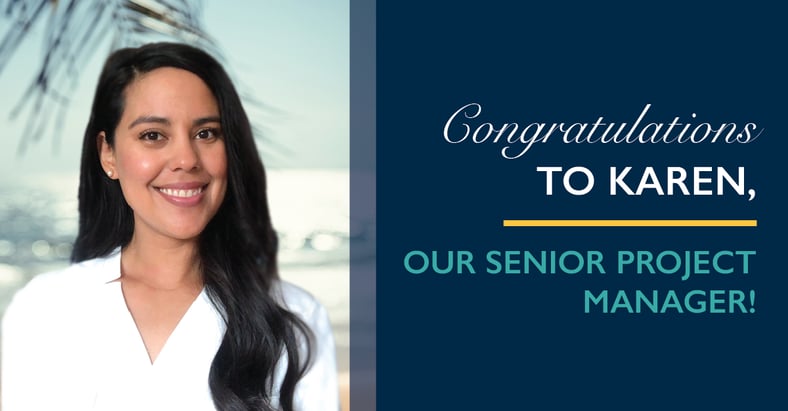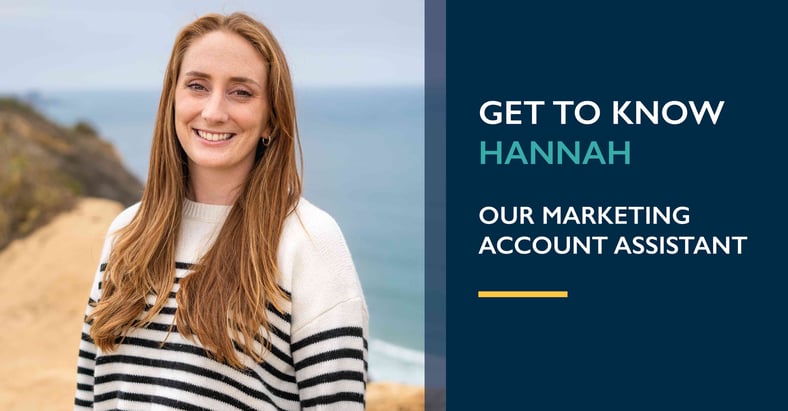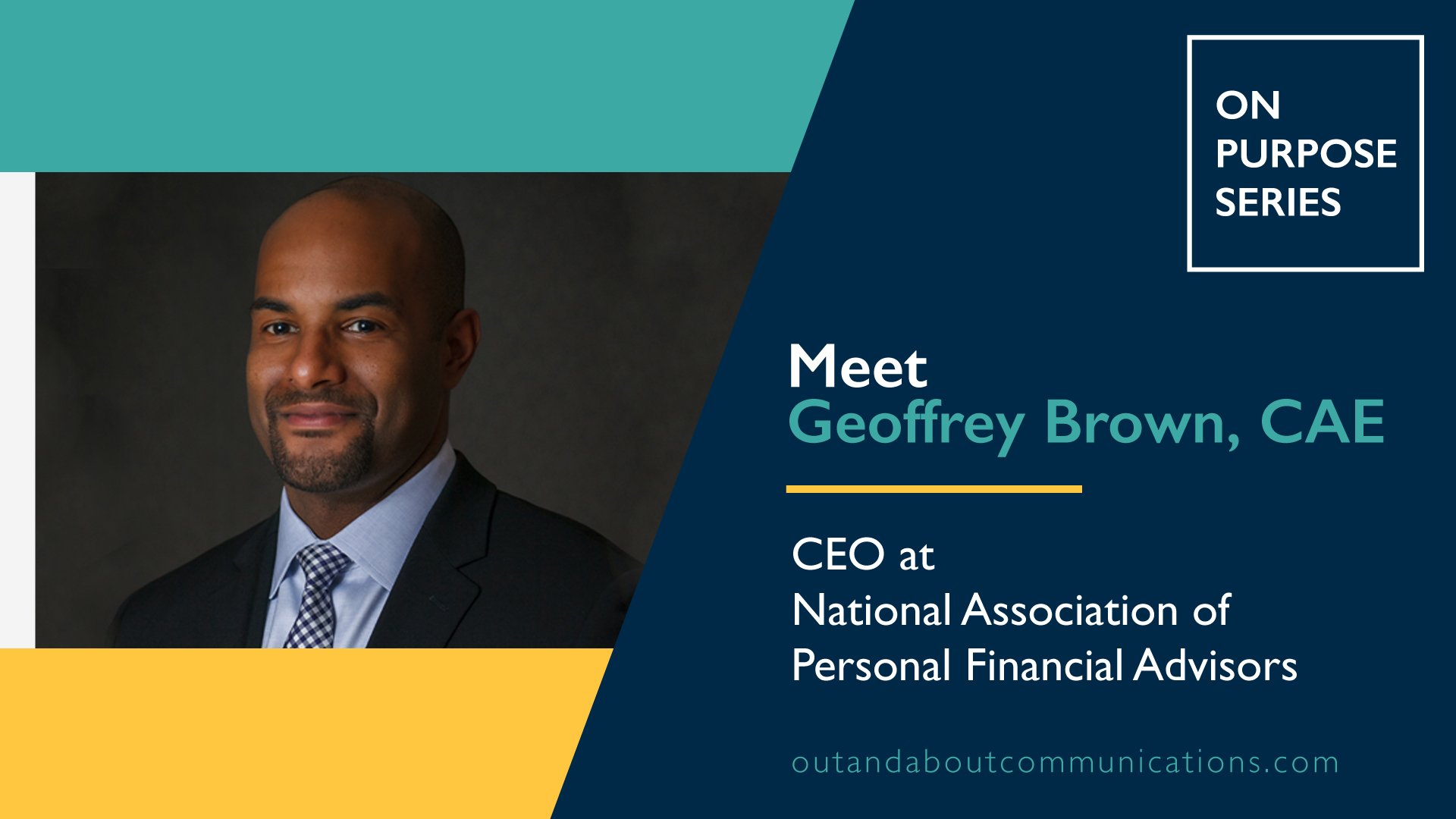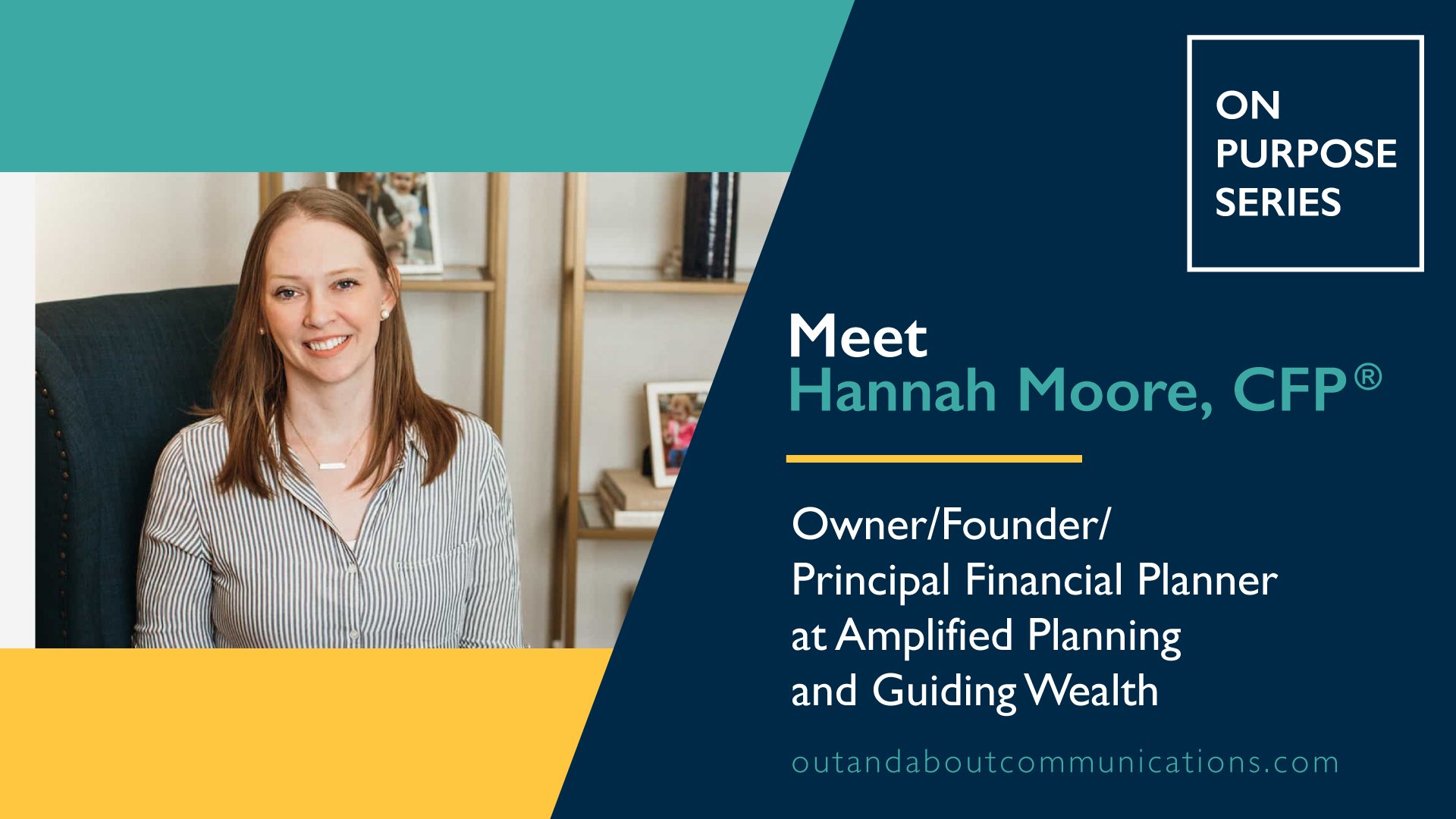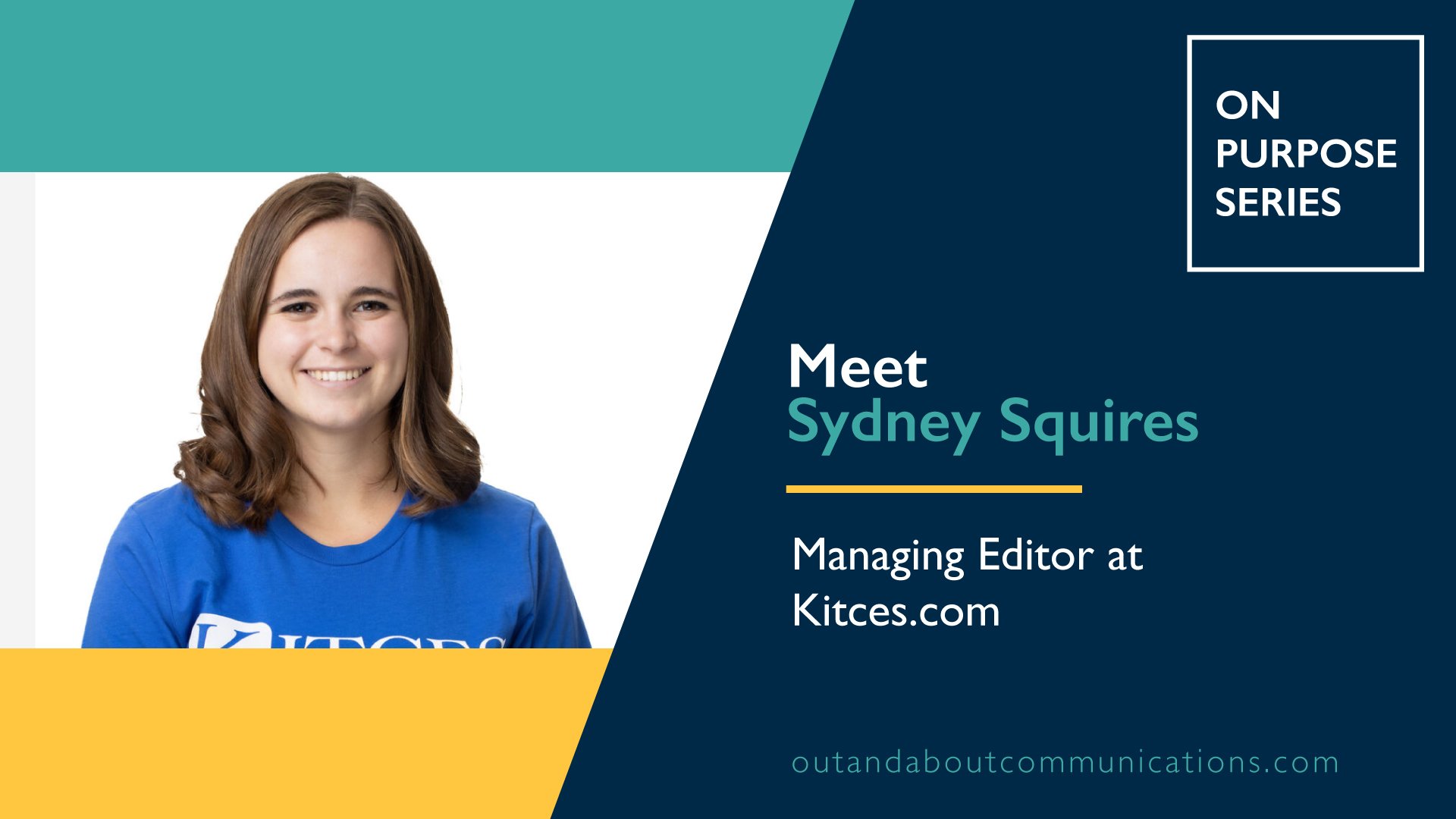
By Lauren Hong
You can attest to the balancing act of providing tailored guidance to established clients while continuing to build a pipeline of new business. Not an easy task. Your clients and prospective clients appreciate the attention you pay them. Your high-touch approach is undoubtedly what attracted them to your business in the first place. It’s what helps make you different from the advisor down the street or a robo advisor option. So how do you manage to stay engaged while balancing lead generation on top of your workload?
We often hear clients who want someone else to manage their marketing, so they can get back to doing what they love – helping people with their finances. Some financial advisors assume that if they handing off their marketing will magically produce loads of leads and they won’t know how to handle them. Others just feel their brand is little league and know it needs some ramping up to help them compete in the big league. I want to let you in on a secret. Just because you invest in marketing doesn’t mean that you’re going to get waves of new clients knocking down your door overnight. It will still take time to build trust. That time will still be reflected in your sales cycle. The job of good marketing is to help you identify your target market, help you build your audience, and help you to frame your message, and help you to get that message to your target marketing at the right place and time.
For example, let’s say that you’re a regular at a monthly event. You know that name of the host and the other regular attendees. You arrive early to talk with the speaker. You set-up coffee with the other event goers. Every month, people assume you’ll be in attendance. They look for you. They’re reminded that they needed to tell you something or that they needed to make an introduction for you. Guess what, digital marketing works the same way. The only difference is that you’re becoming a “regular” online, in people’s inboxes and news feeds instead of. offline at the café.
Where does this take us? Being a regular at an event can be lucrative over time, but as you continue to grow you can’t be everywhere and be everything to everyone. One way to market and grow your firm with consistent messaging is to build your digital presence.
What the heck is a digital presence? In short, it’s your online footprint. It’s your website, your social media accounts, your emails, your PR features, your awards, your webinars and so on. It is all of those interactions that your prospects and clients have with you, your brand, and how you work. It’s that feeling they get before they step into your office. It’s the tone you set online that explains what you do, why you do what you do, and how you do it. It is that “this firm gets me” feeling without having picked up the call or set-up a meeting.
Just like the event example, you can do the same thing but keep showing up online. When you show up online regularly, it is important not to sell to your audience. After all, you don’t want to come off like a car salesman. Be genuine. Instead, you want to add value to your audience. What do they care about? What do they want to read or listen to? You can create content for them online to help show-and-tell your offerings to help educate them about your world and why it makes sense to invest and to build a relationship with a financial planner.
When you show-up online, the world listens. It’s kind of magical to hear your online voice go offline. You might be in a meeting with a contact and hear them say something like:
- “Congratulations on your award! I read about it in your newsletter.”
- “I feel like your post about [enter topic here] really helped me better understand what makes your firm different.”
- “I read all of your bios. It’s really important to me to know who I’m going to be working with.”
- “I saw your post on Facebook about ETF’s and it got me thinking...?”
When you show up online, you are leaving footprints across the web. You’re telling Google, “Hey, look over here. I have something meaningful to share with you about XX topic.” When you show up online, you build your audience. If done right, you’ll have an audience of followers who are willing to direct others to your website, share your content, and will turn to you as a thought leader in your space. The added bonus is that over time leads are listening, clients referring and this frees up time so you can get back to serving your clients.
Over the years, we have helped companies grow. We see firms that increase their search traffic by more than 30% year after year. Firms that have bounce rates much lower than the industry average. Firms who see their website become their main lead generation tool.
The outcome: more people find your online, more people spend time on your website, and your network engaging with you and sharing in your success. You might find your team feels starts to feel proud to send people to your website and show it off more. Plus you’ll now be able to frequently communicate with your audience. And you can build lead pipelines that connect to new folks surfing your website.
So how do you do build a digital presence?
Having helped financial services firms grow, we have learned a few growth tricks. You can start to attract qualified clients and turn them into leads. The foundation of a strong lead generation strategy starts here:
Have a killer website.
Online presence is key for any business and is often a lead’s first impression of your service. While there’s desire to impress any visitors, your website shouldn’t overwhelm. Keep it simple:
- Make sure your headlines are strong. People often scan websites for headlines and bullet points. Get the main points out in the headlines and not in the paragraph text.
- Keep your design clean. A busy or unorganized design can discourage visitors instead of engaging them.
- Know your target market. Part of what makes your website work is understanding your target market. When we sit down with our clients, we discuss who they currently work with and who they hope to attract as clients as part of our initial design process. A defined target market will inform our design decisions for colors, images, and content language.
- Ditch the dated look. Your website’s overall look and content should build trust and lay the stepping stones that lead your next potential client to you.
If you’re not sure you’re ready for a new website, here are some tips. When you start designing your website, here are some tips to help with the design process. The cost of a well designed and functional website is not negligible. Redesigning a website is kind of like remodeling your house. You start with one concept and you usually adjust things along the way. More on the real cost of a website redesign here.
Call them to action!
It isn’t enough that visitors simply view a website, they need to interact with it in order to become a viable lead for your business. An interaction may be a form fill or phone call. Of course, while we all hope for leads to immediately pick up the phone and dial us when they view our amazing website, in reality, it takes trust to build relationships. We’ve seen that a lead will likely visit your website multiple times before they are ready to take action. By integrating calls-to-action such as downloading valuable information, or inviting visitors to events -- think webinars or events you host -- your website can capture lead information and direct permission to contact your new potential client. Your call-to-action should be a value added for them. This ultimately helps them to learn more about you and builds further trust. The more trust you can build, the closer you are to the sale.
Build backlinks.
Backlinks are the internet’s referral system, and we all love referrals. The more your website is referenced on other sites, the more search engines will recognize your website as a recommended source of information. The more backlinks you have, the further up in the search results your business will appear. You can think of backlinks as any link on another website that directs people back to your website. Here are some examples:
- NAPFA
- Dimensional Network
- GuideVine
- Fee Only Network
- Investopedia
- Social Media (Pinterest, Facebook, Instagram etc.)
If you haven’t already started to spruce up your profiles on the networks above, you can start building backlinks by looking into the associations you are a part of. Also, think out of the box. Do you volunteer, serve on a board or are you a part of an association? They probably have a website and getting your name on their website with a link back to your firm's website is a smart thing to do.
Wait, it gets better. There are public relations and awards too. NAPFA and Help a Reporter Out often post public relations opportunities to their members. Both local and industry awards will help you cast a larger net with your website. Business journals, non-profits, and local media are all outlets you can look into to find award and recognition opportunities. Even streamlining and enhancing your professional profiles with up-to-date information, photos, and associations will increase your website’s credibility.
Show up.
Remember that first story about being a regular at a networking event? There is something to that. You have to stay top of mind with your network. You know that no matter the size of your organization, it’s hard to prove reliability and dedication without consistent and authentic communication. Creating a consistent communication schedule also helps ensure you are in the right place at the right time to capture a new referral and expand your lead base. A few suggestions:
- Know your target market and attend events or get involved with organizations where your target market attends
- Create a marketing and communications plan and calendar. If your firm is larger -- usually 6+ advisors -- they should have the bandwidth to prioritize marketing. When you prioritize marketing you can put together a marketing and communications plan to help guide your action. Your communication plan is a proactive system to help you retain the sphere of influence you’ve spent so much energy building.
- If you implement a marketing plan, you can learn from the analytics to help inform your strategy. More details on analytics below.
Bottom line - be consistent with your message and prioritize staying top of mind.
Grow from your analytics.
Analytics provide business with an opportunity to learn from mistakes and grow from success. Not everything you employ on your website is going to work but working off these directives and starting somewhere will help you make informed decisions about future marketing and lead generating strategies. Zero in on the content that attracts the most traffic as well as the backlinks and resources that have led visitors to your website. Build on what works and refine the areas that aren’t cutting it to maximize success. In addition to your website analytics, consider reviewing your own communications as part of your client interviews: how did they learn about your business, what ultimately led them to contact you directly, are there questions you hear repeatedly from your clients? There’s a lot to be learned about your target market from asking questions, and the analytics can help you further understand your client, why they chose to work with you and what their pain points are.
Feeling overwhelmed?
We know it’s a lot of work whether you’re a boutique firm or a multi-office organization, to plan ahead and stay in front of your market, but know it’s not going to happen overnight. The important thing is to embrace that you are in an industry that takes a long time to build trust. You know that trust is not going to come instantaneously. Embrace your sales cycle. Think long-term about your firm's goals and let the marketing fold in to help you live your vision, amplify your brand and attract prospects. We hope that the above tips will provide some food for thought.
PS: Yes, we have implemented these strategies for clients and have helped them generate a new qualified lead per day. It really does work. It just takes a lot of time, energy, and expertise to maintain the plan. No, there isn’t a magic bullet. The above points are simple tips that we have seen work with real skin in the game and patience. The magic is knowing your target market, growing your audience, being consistent with your messaging and branding and staying top of mind in the appropriate channels.
What’s next? Take the time today to start thinking about what you what to do long-term with your firm and what your critical pathways to success are. If you want to talk digital marketing or grab a coffee virtually or in San Diego, we are here to connect.


